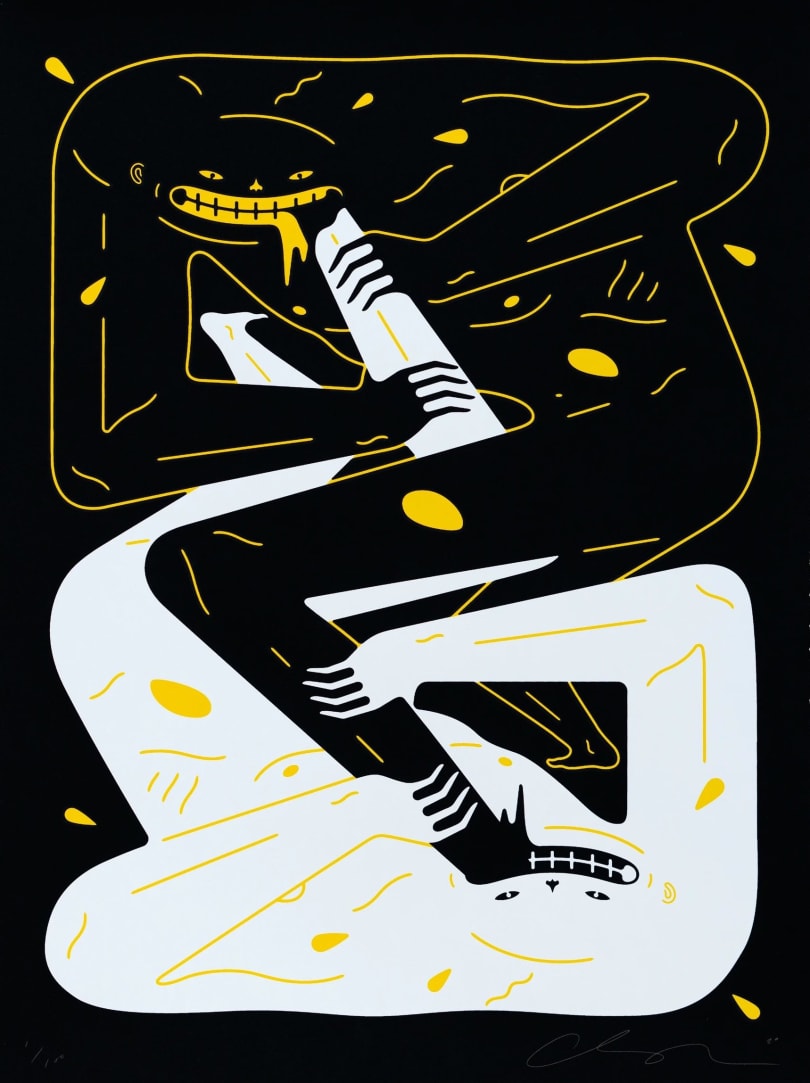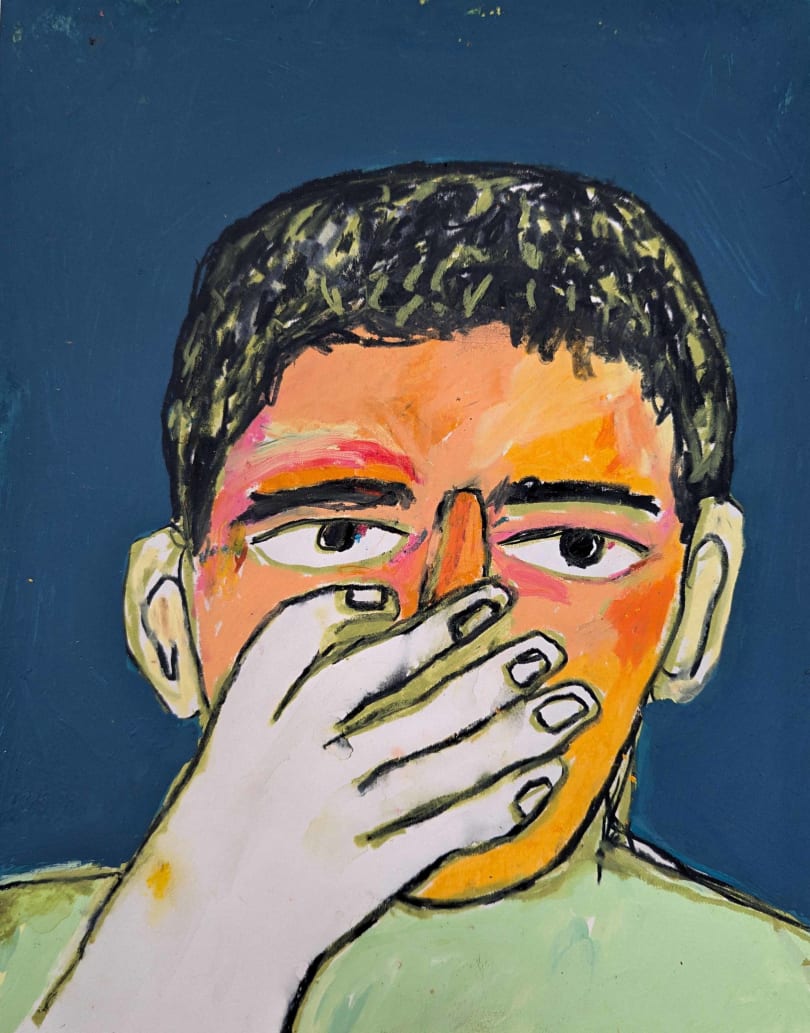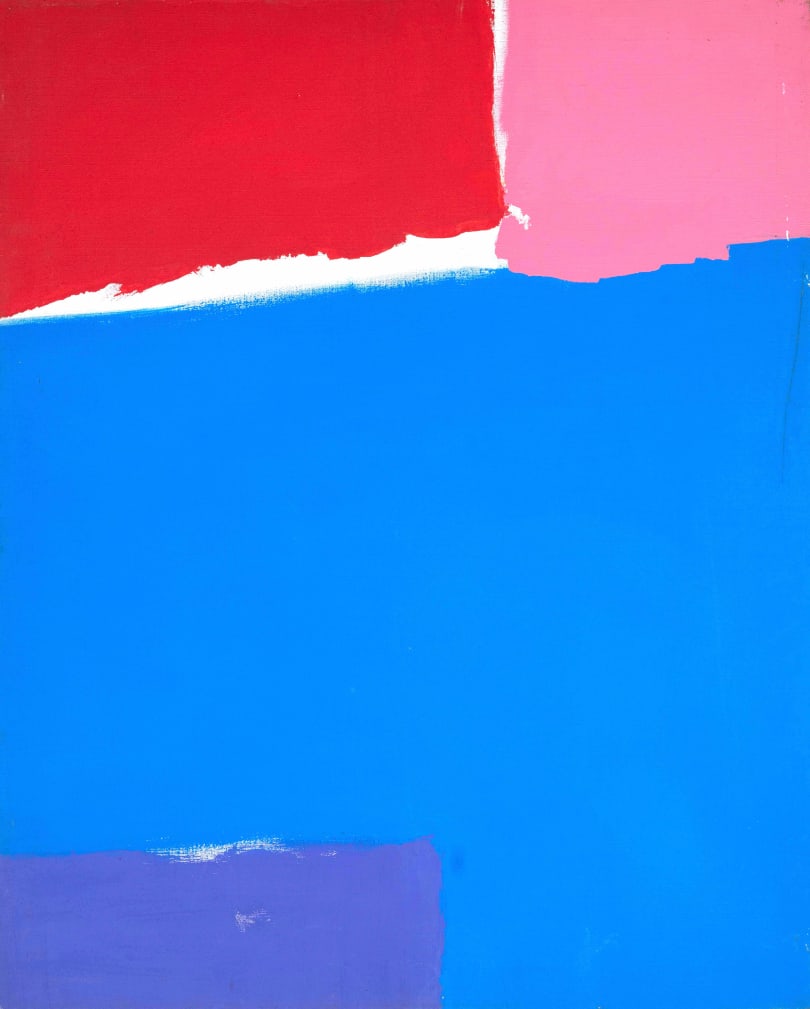
Artwork information
Category
PrintTechnique
Color lithograph on paperDate
1963Dimensions
74 cm x 55 cmSignature
UnsignedProof(s) of authenticity
Lithograph sold with a certificate of authenticity issued by the publisher Mourlot.State of conservation
Very goodFraming
YesLocation
Paris, FranceDescription
Lithograph by Marc Chagall sold in a nice light wood frame.
This lithograph is inspired by a preparatory drawing that Marc Chagall made in 1937 for the painting "The Revolution". It is simply composed of yellow, red and black. This limited palette underlines the dramatic character of the composition and makes Chagall a master of color in lithographic engraving. It was printed by Mourlot and engraved by Charles Sorlier who was Marc Chagall's lithographer from 1950 to 1985.
"The Revolution" is remarkable for its ability to speak of multiple forms and stages of the Russian Revolution. In the lower right, a man leaves his house, and above we see a man sitting on a broken chair in total despair. The crowds on the left are organizing to confront their oppressors. While some are preparing to fight, the crowds at the top right are looking forward to a fresh start. It is interesting to note that it is in this festive area that the artist depicts the painter and his easel, as if the painter only wishes to see and represent happy and optimistic people in the face of these changes.
Provenance
Mourlot's Collection










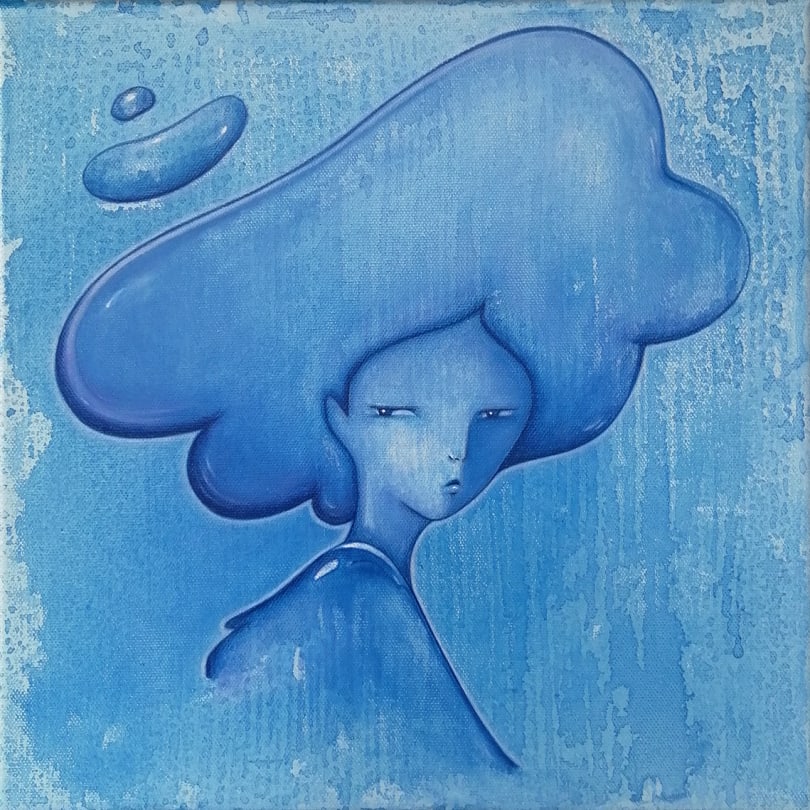



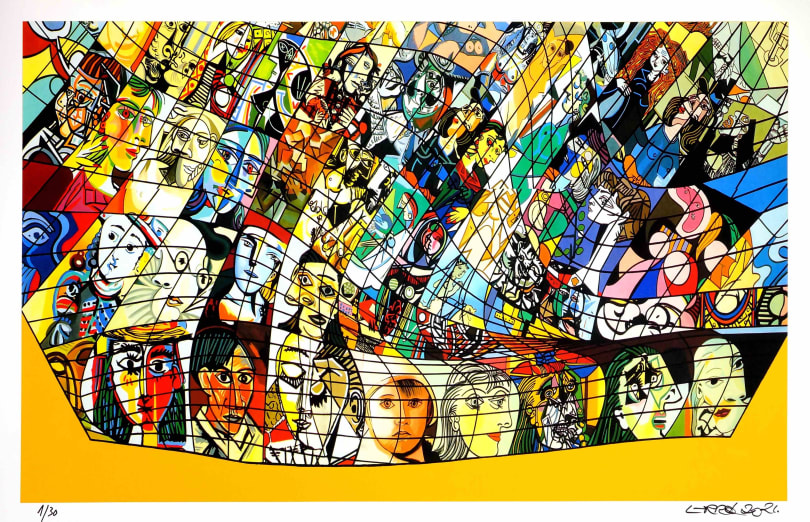
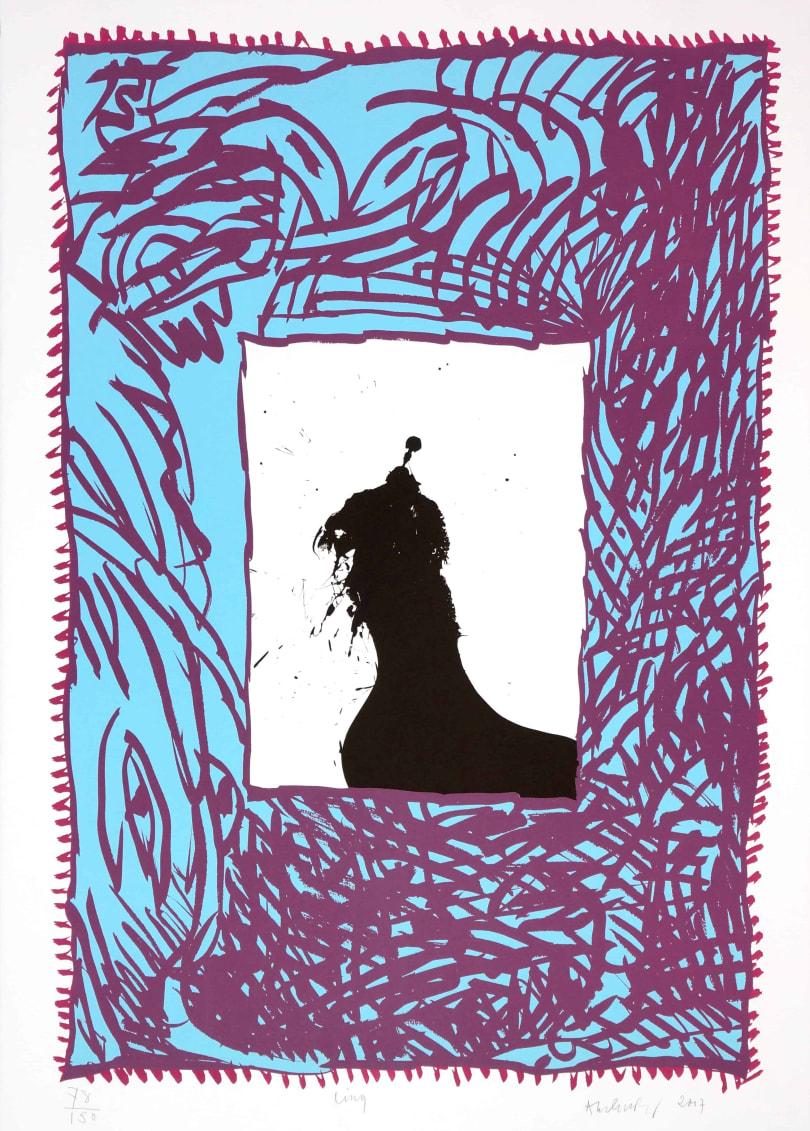







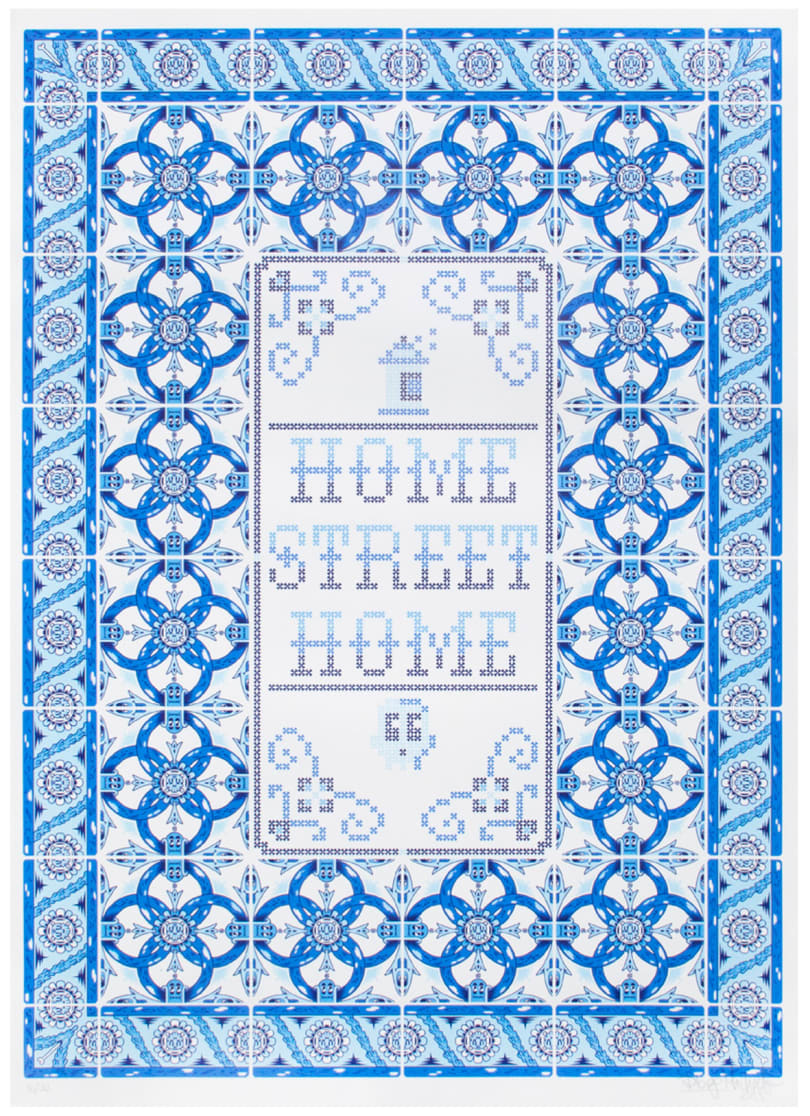


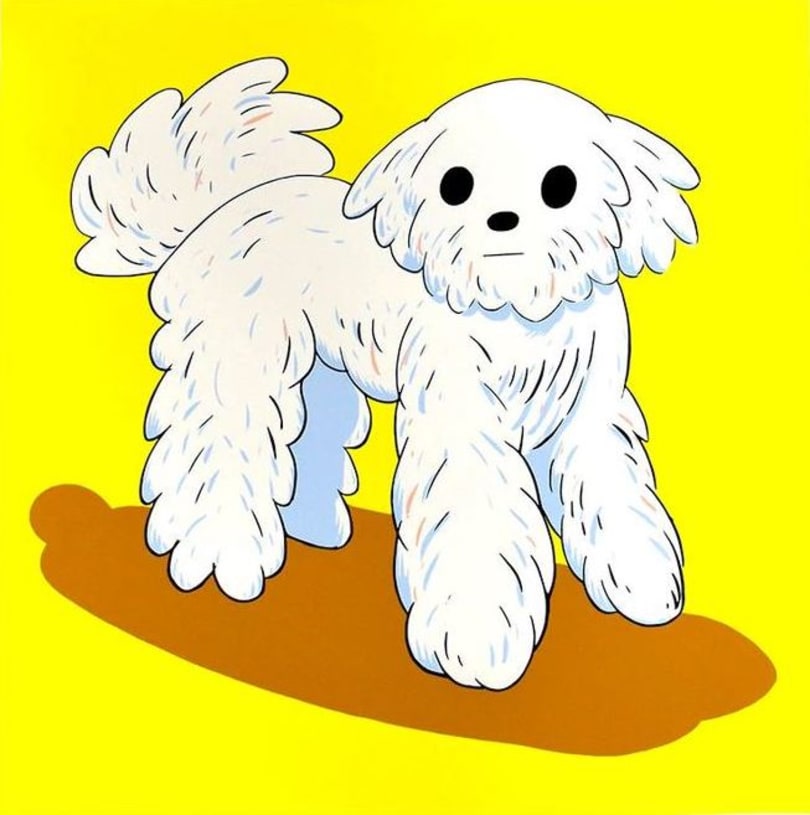
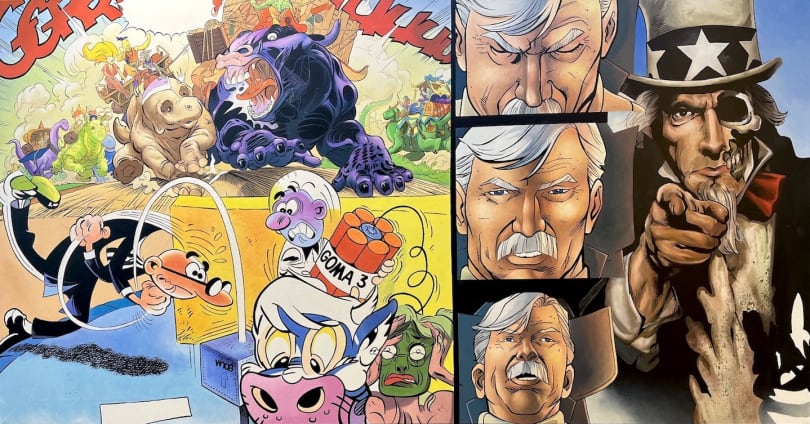


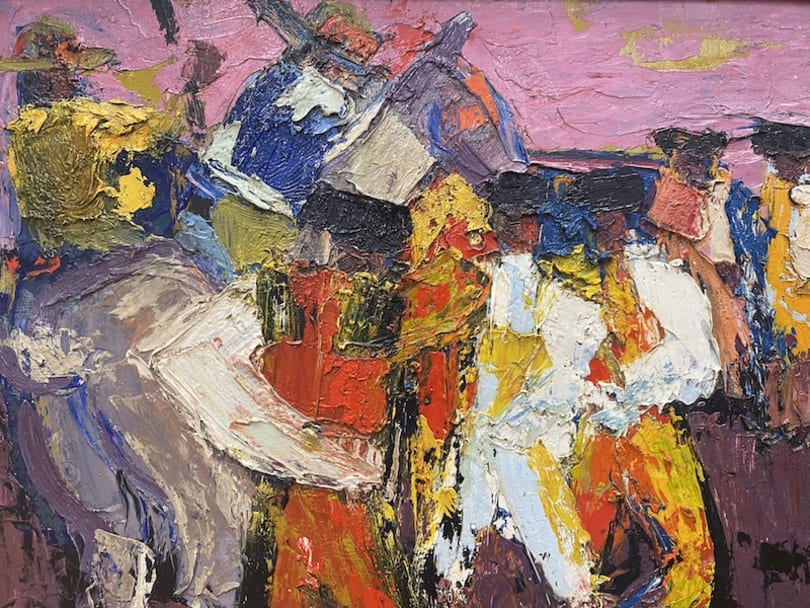
.jpg)


.jpg)





